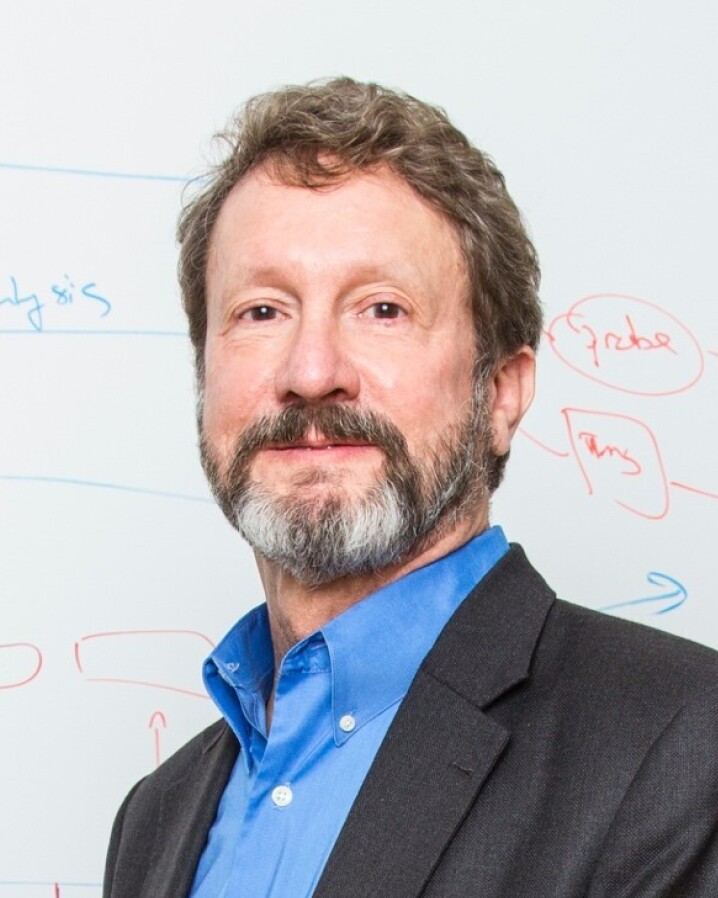
Abstract
Imaging of living specimens can animate the wealth of high-throughput molecular data to better understand complex events ranging from embryonic development to disease processes. We are advancing this approach despite the unavoidable tradeoffs – between spatial & temporal resolution, field of view, limited photon budget – by constructing faster and more efficient light sheet and laser-scanning microscopes that maintain subcellular resolution.
Our two-photon light-sheet microscope combines the deep penetration of two-photon microscopy and the speed of light sheet microscopy to generate images with more than 10x improved imaging speed & sensitivity. Better engineering of the detection objective’s point-spread-function improves this another 3-fold. Two-photon excitation light is far less scattered, permitting subcellular resolution to be maintained better than conventional light sheet microscopes, resulting in 4D (3D over time) cell and molecular imaging with sufficient speed and resolution to unambiguous trace cell lineages, movements and signals in intact systems.
To increase the 5th Dimension (# of simultaneous labels), we are refining new multispectral image analysis tools that exceed the performance of our previous work on Linear Unmixing by orders of magnitude in speed, error propagation and accuracy. Novel denoising strategies using machine learning permit imaging at far lower light levels, yielding rapid and unambiguous analyses without perturbing even fragile multiplex-labeled specimens.
Parallel refinements in label-free approaches extend imaging to patient-derived tissues and even human subjects. The low concentrations of these intrinsic labels required us to refine fluorescence lifetime imaging (FLIM), and combine it with multispectral and advanced denoising tools, to perform intravital imaging in such challenging settings.
Combined, these imaging and analysis tools offer the multi-dimensional imaging required to follow key events in intact systems as they take place, and allow us to use noise and variance as experimental tools rather than experimental limitations.
Biography
Professor Scott E. Fraser has a long-standing commitment to quantitative biology, applying the tools of chemistry, engineering, and physics to problems in fields ranging from developmental biology to medicine. His personal research centers on imaging and molecular analyses of intact biological systems, with an emphasis on early development, organogenesis, and medical diagnostics. His innovations have spawned several start-up companies, and have been integrated into instruments and FDA approved diagnostics.
After training in physics (B.S., Harvey Mudd College, 1976) and biophysics (Ph.D., Johns Hopkins University, 1979), Fraser served on the faculty at UC Irvine in the 80’s, rising to Chair of the Department of Physiology and Biophysics. In 1990 he moved to Caltech to serve as the Anna Rosen Professor, and the founding Director of the Biological Imaging Center. He later was the founding Director of the Caltech Brain Imaging Center, and the helped create the Kavli Institute of Nanoscience; he also served as the founding Director of the Rosen Center for Biological Engineering. In 2012, Fraser moved to USC to take a Provost Professorship, and is cross-appointed in the Dornsife College of Letters Arts and Sciences, the Children’s Hospital Los Angeles, Keck School of Medicine and the Viterbi School of Engineering.
He remains active in interdisciplinary research and in translational science. He co-founded five start-up companies in recent years to translate the innovations from his lab. In 2024, he assumed the role of Vice President of Science Grants for the Chan-Zukerberg Initiative, one of the largest science philanthropies.
Fraser’s efforts in interdisciplinary research have been recognized by his election as a Fellow of the National Academy of Medicine, the National Academy of Inventors, the American Institute of Medical and Biological Engineers, the American Academy of Arts and Science, and the European Academy of Science. Most recently, his work in developmental biology was recognized with the Edwin G Conklin Medal.
